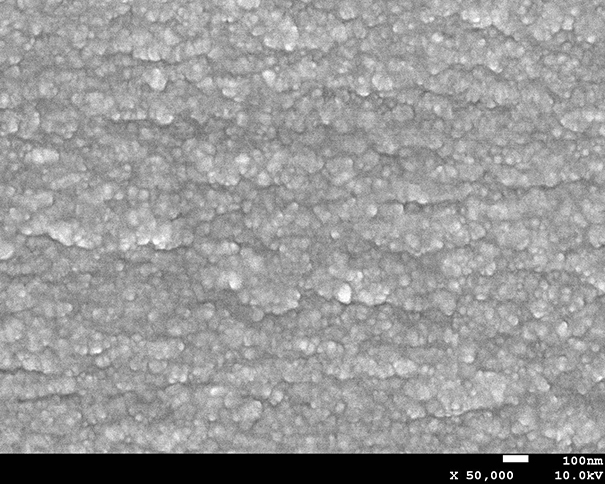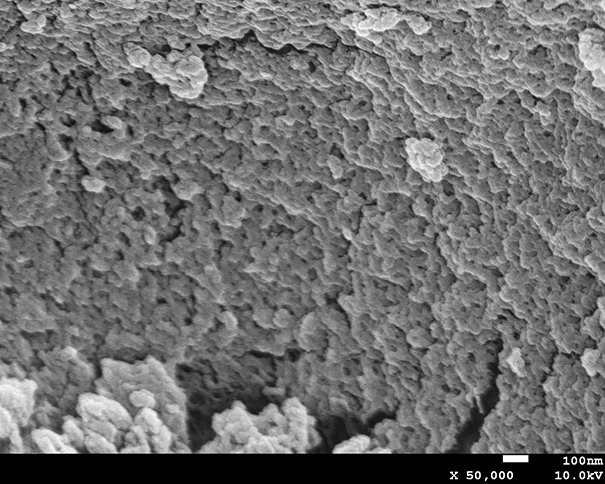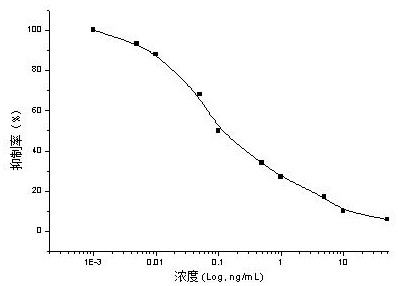A specific molecularly imprinted polymer of amantadine and rimantadine, a chemiluminescence kit, a detection method and application thereof
A chemiluminescent reagent, amantadine technology, applied in chemiluminescence/bioluminescence, analysis by making materials react chemically, measuring devices, etc., can solve the problem of molecularly imprinted polymers without amantadine and rimantadine Chemiluminescence and other issues
- Summary
- Abstract
- Description
- Claims
- Application Information
AI Technical Summary
Problems solved by technology
Method used
Image
Examples
Embodiment 1
[0031] Example 1 Molecularly imprinted polymer synthesis example 1
[0032] (a) Put 1 part of pseudomolecule adamantane, 3 parts of functional monomer methacrylic acid, 20 parts of initiator azobisisobutyronitrile and 20 parts of crosslinking agent ethylene glycol dimethacrylate in chloroform solvent In the reaction at 60°C for 12 hours, solid particles were obtained;
[0033] (b) Put the solid particles in a Soxhlet extractor, and continuously reflux the extraction solution of methanol and acetic acid (9:1, V / V) for 12 hours to extract the imprinted pseudomolecular template adamantane;
[0034] (c) drying the reacted solid particles in step (b) to obtain specific molecularly imprinted polymers of amantadine and rimantadine.
Embodiment 2
[0035] Example 2 Molecularly imprinted polymer synthesis example 2
[0036] (a) Put 1 part of pseudomolecular template adamantane, 6 parts of functional monomer methacrylic acid, 30 parts of initiator azobisisobutyronitrile and 30 parts of crosslinking agent ethylene glycol dimethacrylate in chloroform In a solvent, react at 70°C for 10 hours to obtain solid particles;
[0037] (b) Put the solid particles in a Soxhlet extractor, and continuously reflux the extraction solution of methanol and acetic acid (9:2, V / V) for 24 hours to extract the imprinted pseudomolecular template adamantane;
[0038] (c) drying the reacted solid particles in step (b) to obtain specific molecularly imprinted polymers of amantadine and rimantadine.
Embodiment 3
[0039] Example 3 Molecularly imprinted polymer synthesis example 3
[0040] (a) Put 1 part of pseudomolecular template adamantane, 4 parts of functional monomer methacrylic acid, 25 parts of initiator azobisisobutyronitrile and 25 parts of crosslinker ethylene glycol dimethacrylate in chloroform In the solvent, react at 65°C for 11 hours to obtain solid particles;
[0041] (b) Put the solid particles in a Soxhlet extractor, and continuously reflux the extraction solution of methanol and acetic acid (9:0.5, V / V) for 18 hours to extract the imprinted pseudomolecular template adamantane;
[0042] (c) drying the reacted solid particles in step (b) to obtain specific molecularly imprinted polymers of amantadine and rimantadine.
[0043] The scanning electron micrographs of the molecularly imprinted polymer prepared in this example are as follows: figure 2 shown by figure 2 It can be seen that its surface is porous, which is a cavity formed by molecular template imprinting, whi...
PUM
 Login to View More
Login to View More Abstract
Description
Claims
Application Information
 Login to View More
Login to View More - R&D
- Intellectual Property
- Life Sciences
- Materials
- Tech Scout
- Unparalleled Data Quality
- Higher Quality Content
- 60% Fewer Hallucinations
Browse by: Latest US Patents, China's latest patents, Technical Efficacy Thesaurus, Application Domain, Technology Topic, Popular Technical Reports.
© 2025 PatSnap. All rights reserved.Legal|Privacy policy|Modern Slavery Act Transparency Statement|Sitemap|About US| Contact US: help@patsnap.com



